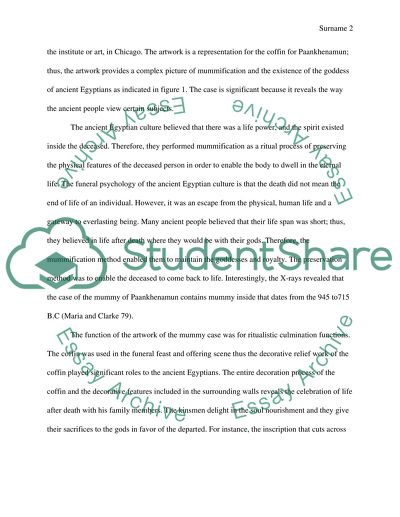Cite this document
(“Coffin and Mummy of Paankhenamun Research Paper”, n.d.)
Retrieved from https://studentshare.org/history/1460112-coffin-and-mummy-of-paankhenamun
Retrieved from https://studentshare.org/history/1460112-coffin-and-mummy-of-paankhenamun
(Coffin and Mummy of Paankhenamun Research Paper)
https://studentshare.org/history/1460112-coffin-and-mummy-of-paankhenamun.
https://studentshare.org/history/1460112-coffin-and-mummy-of-paankhenamun.
“Coffin and Mummy of Paankhenamun Research Paper”, n.d. https://studentshare.org/history/1460112-coffin-and-mummy-of-paankhenamun.


